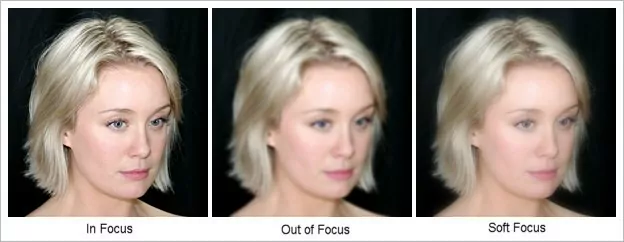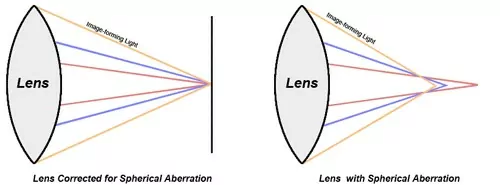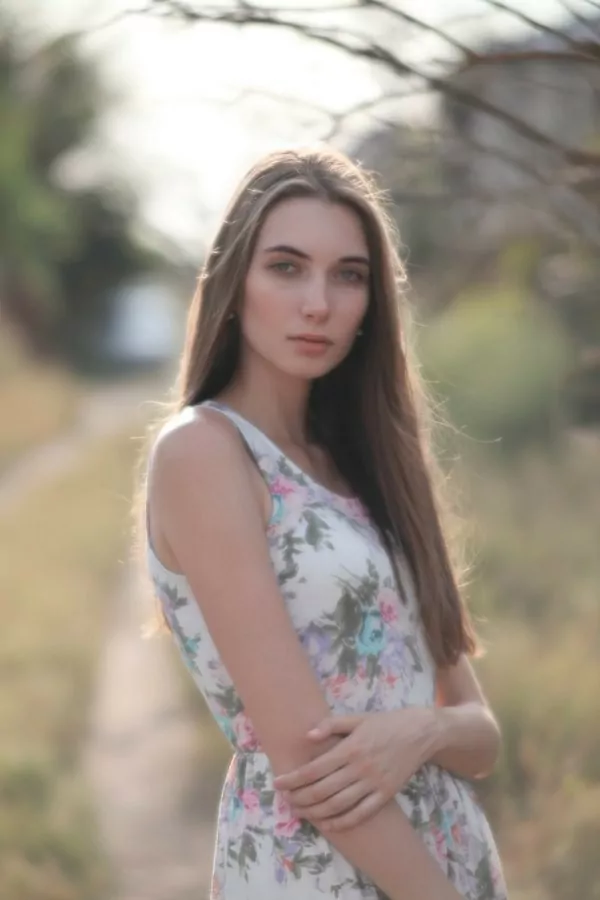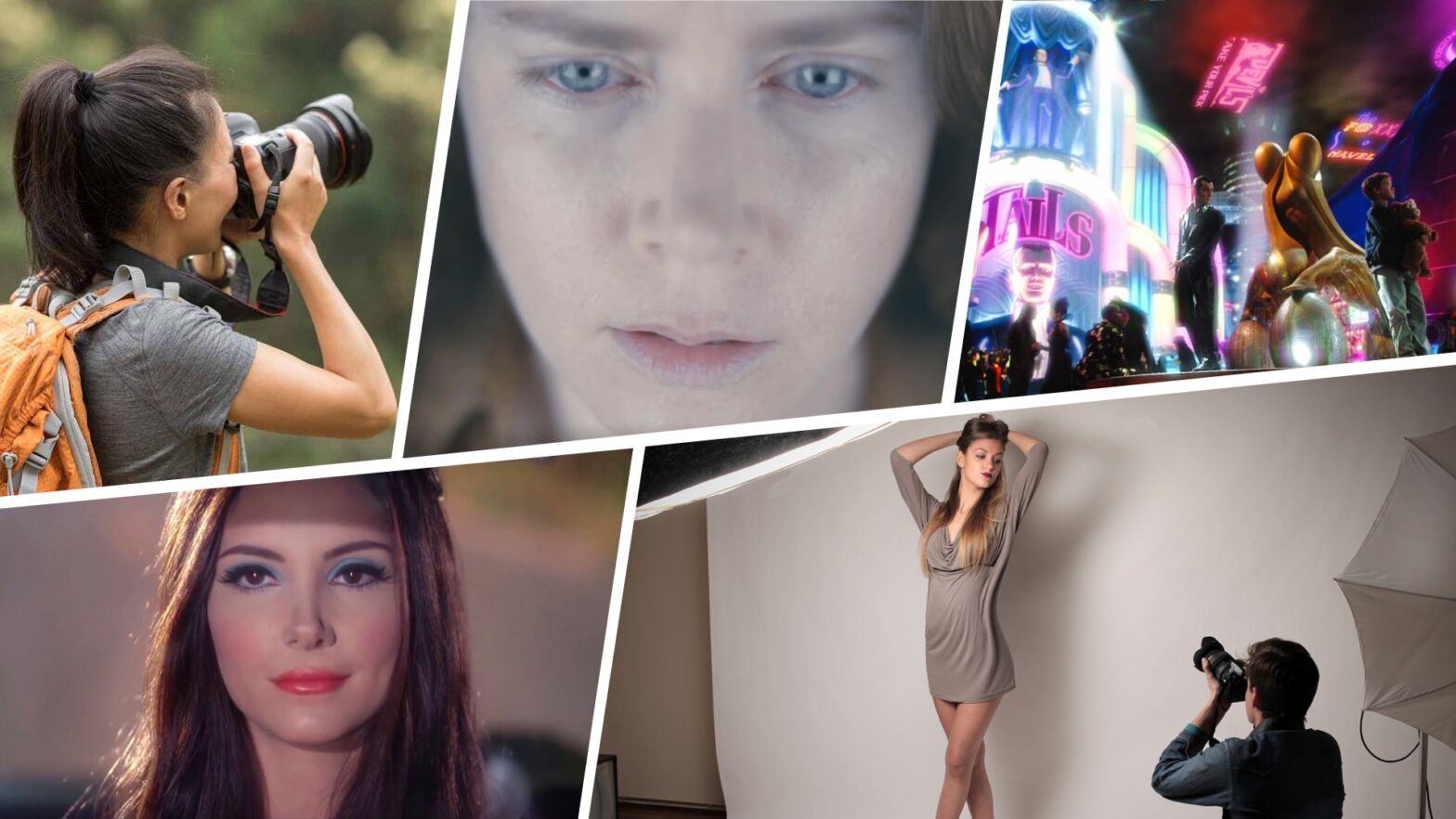While we may be familiar with soft focus shots as images with intentional blur or glamour shots in portraits, understanding this effect in such a limiting way…well, limits us! The shots that are possible when you master soft focus are endless, and they can be done whether you have high-tech equipment, or not. So what is soft focus photography, and how can you use the technique to create unique shots. Let’s check it out.
What is Soft Focus Photography?
First, let’s define soft focus
The soft focus effect isn’t the same thing as blurring an image. A great soft focus shot is intentional and demands creativity. But before we determine how to capture one, what does soft focus mean?
Soft Focus Definition
What is soft focus photography?
Soft focus photography is a technique used to capture images that reduces the contrast of fine detail in the image. Soft focus can also utilize a lens flaw where the lens forms blurred images due to spherical aberration. Spherical aberration is an optical issue that occurs when incoming rays of light focus at different points after passing through a spherical lens.
What is a soft focus lens? A soft focus lens deliberately uses spherical aberration in order to blur the image. Soft focus shots are not the same thing as out-of-focus shots and cannot be achieved merely by defocusing your lens. This effect is more about the diffusion of light.
In the past, soft focus photography was used for capturing glamour shots or portraits, as the effect allows for blending of tones and leans toward a softer look to eliminate any fine details on the skin or face. As early as 1915 in Hollywood films, it was used for adding a dreamy glow, mostly to actresses for the same reason.
How to get soft focus photos
- Use soft focus lenses
- Use soft focus filters
- DIY soft focus filters and other tricks
How does a soft focus shot compare to on that's simply out of focus? You can see the difference, with the soft focus shot clearly the more aesthetic choice. Make no mistake — shallow focus is an often used technique but it's usually reserved for the background or foreground, not the subject itself.
So, if you thought you could just put the image slightly out of focus and get that soft focus effect, sorry to burst your bubble. That being said, the quest for how to get soft focus photos isn't that difficult.

Soft Focus vs Out of Focus
There are a few ways to create soft focus. The first comes from shallow focus shots, images that do have blur that quite literally softens the image. You can manipulate the focus in so many ways to better tell your story or to better capture the feeling in an image.
The possibilities of this are endless and, by understanding this camera focus, can become a much more intentional photographer.
But then there is also spherical aberration. As mentioned above, this is an optical problem that occurs in many camera lenses that diffuse the light differently as the light here doesn’t converge at a focal point. This usually results in softer focus.

Spherical aberration diagram
Lastly, if you place something (like a lens filter) in front of the camera lens to diffuse the light, this can also create a soft focus shot. Let’s jump into some examples of soft focus photography and cinema to get a better idea of what this looks like.
Soft Focus Photography & Film
Soft focus examples: stills and cinema
In early cinema, women were usually filmed with a soft focus filter. The effect was a dreamy glow that gave them an ethereal nature.
From Judy Garland to Samantha Robinson, below is a century of soft photography in Hollywood.
The soft focus shot creates a dreamy glow
When to use soft focus photography?
Soft focus is most commonly used in portrait photography.
People do not usually look that visually appealing in super sharp and harsh lighted photos. Shadows and the minute imperfections on a person’s face can be easily subdued with warm and softer tones.

Using soft focus for portraits
Photographing nature is another reason why you’d want to use soft focus.
While some outdoor photographers may prefer crisp and clear images, there is definitely a time and a place for the ethereal nature of well... Mother Nature.

Soft lens photography example
Now that we know what soft focus is, how do we get it?
There are quite a few ways of using this style and they range anywhere from purchasing equipment, to doing it yourself workarounds like using Vaseline… yep, Vaseline.
How to Get Soft Focus Photos
Soft focus lens vs soft focus filter
As mentioned above, a soft focus lens deliberately uses spherical aberration to diffuse the light to achieve that softer look. There are also other lenses available that do not directly have this built in, like projector lenses or high aperture prime lenses, and those too, can be options for achieving that soft focus shot, depending on your preference.
The Soft Focus Lens
There are a variety of soft focus lenses on the market, that vary based on price, functionality, and design.
An inexpensive and lightweight lens is the Canon EF f/2.8 w/ Softfocus lens. Other examples are the Petzval portrait lens and the Aero Ektar lens.
Projector Lenses
You might also try projector lenses.
Projector lenses will likely need to be mounted with an adaptor but they can also help create the type of soft images you're looking to get.
Wide Aperture Lenses
While not technically, a “soft focus” lens, widen the aperture on your prime lenses and you’ll get some really nice bokeh, for a soft photo effect.
The Soft Focus Filter
And of course, the easiest way to get this effect is to simply use a soft focus filter. They’re perfect for portraits to limit fine unwanted details. This is probably the most versatile and convenient option for trying out soft focus.
There are so many types of filters, ranging in price, but most are affordable that give a great soft look. You might try the Cokin Soft Filter Kit, the Tiffen 52BPM12 52mm Black Pro-Mist 1/2 Filter, or the Hoya 58mm Diffuser Soft Focus Filter.
Related Posts
- The Ultimate Guide to Aperture →
- The Pros and Cons of Prime Lenses →
- What's Bokeh & How Can You Create It? →
DIY Soft Focus Techniques
How to capture soft focus at home
These techniques can be done without any expensive equipment (well, ya need a camera), but mostly, no expensive equipment!
It starts with going right into your medicine cabinet.
Vaseline
First things first...do not apply Vaseline to your camera lens! Don’t do it. Don’t even think about doing it.
Buy a cheap UV filter and attach it to your camera lens.
Then apply just a small amount of Vaseline to the filter. Keep it thin and even. The Vaseline will work really well to diffuse the light in your image.
Stocking Filter
Next up, go to your closet. Or your girlfriend’s closet. Or heck, your boyfriend’s closet. Whatever!
But get yourself some stockings to stretch across your camera’s lens. You can use any color, though black works nicely to create neutral colors in your image.
Get a rubber band to wrap the stocking around your lens.
Mess around with stretching the stocking. You’ll notice changes in the soft focus effect as you do it. This is a cheap way to create a dreamy lens filter for a fraction of the price.
DIY Lenses
If you want to shoot with this style without spending a fortune. DIY enthusiast, Randy Snook, made a tutorial for building your own soft focus lens for less than 15 bucks.
College professor builds a soft focus lens
If you’re more of a computer person, you can create the technique in post production. Here are some tips on how to get soft focus photos in editing.
Using Post Software
Creating soft focus in Photoshop
If you’d rather soften your photos or footage later, Photoshop is always there for you. You can create surface blur and create beautiful images in soft focus.
Soft Focus Photoshop Tutorial
And if you don’t have Photoshop, pretty much all post programs have this ability. So, no matter how you decide to capture soft focus photography or cinematography, the result is a gorgeous image with massive storytelling value. What is soft focus? It's an opportunity to level up your image making game.
UP NEXT
What’s bokeh and how do I get it?
We’ve all seen bokeh. The bokeh effect is a soft look that can also be created on demand. When done right, you can blend some incredible colors to create beautiful stills or cinematic shots. The process is rather simple but there are a few key considerations to keep in mind. Read on for more.
Up Next: Working with Bokeh →
Showcase your vision with elegant shot lists and storyboards.
Create robust and customizable shot lists. Upload images to make storyboards and slideshows.
